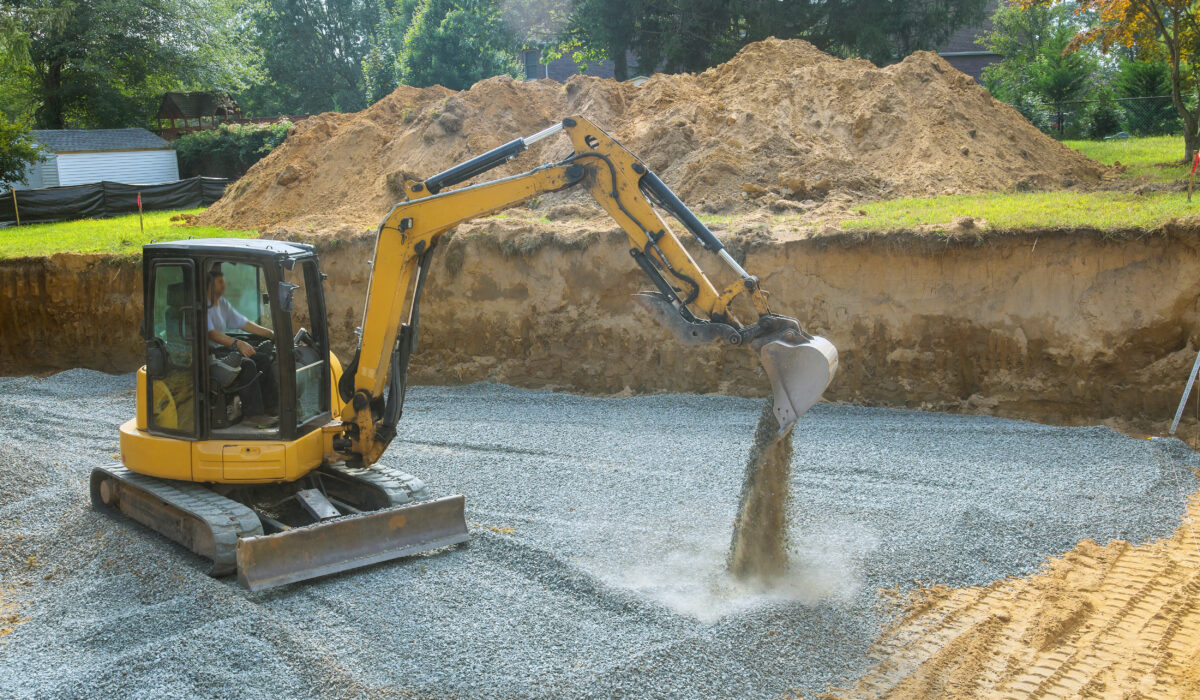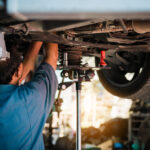5 Pieces of Heavy Equipment You Can Finance Used
Save Big and Build Smart: Financing Solutions for Used Heavy Equipment
Whether clearing, pushing, demoing, or transporting, heavy construction requires investment in durable and heavy duty equipment. While new is nice, used equipment is often up to the task, and potential savings make adding key pieces to your fleet financially viable and profitable.
Industry research suggests choosing used equipment can save you as much as 50% when compared to new equipment. That can enable you to acquire a higher-end, more technologically advanced used unit in comparison to if you tried to acquire it new. You can get similar equipment and invest the savings into other areas of your operation, including profit.
In this article, we’ll identify the top 5 pieces of heavy equipment you should consider acquiring used, and a few pieces perhaps to avoid buying used.
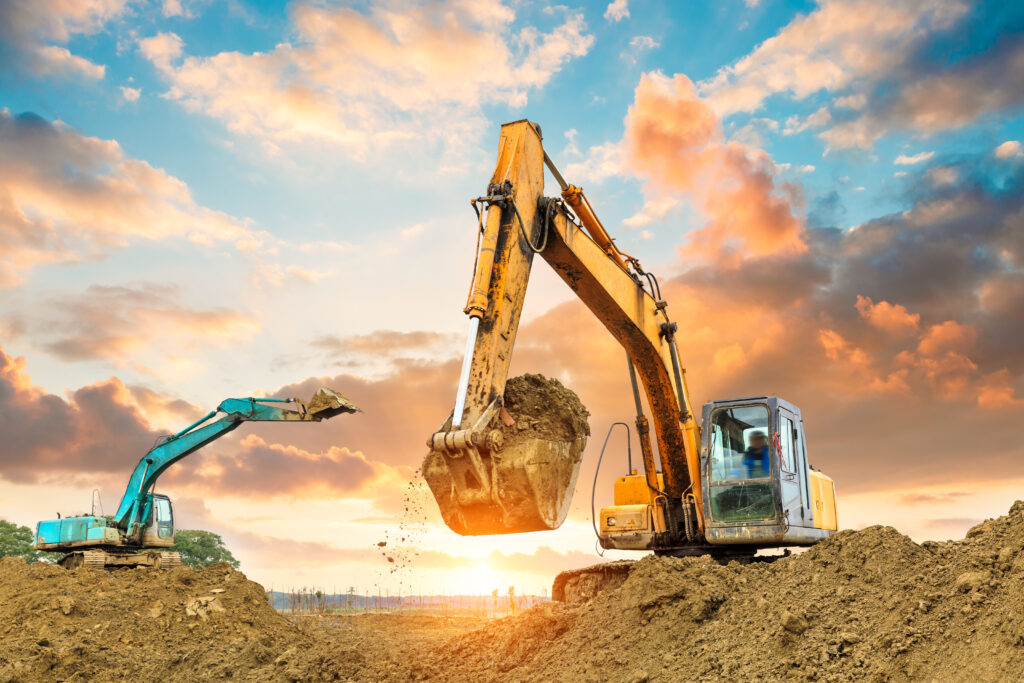
Excavators
Excavators are considered essential equipment on many construction sites, and whether digging, lifting, moving, or carrying, their versatility makes them equally useful in applications as varied as landscaping, demolition, and material handling.
When evaluating a used excavator consider the type, its prior operating hours and environment, and how and who maintained it.
Financing equipment offers significant advantages over outright purchasing, and leveraging it to get a used piece of equipment—like an excavator—makes this prospect even more compelling.
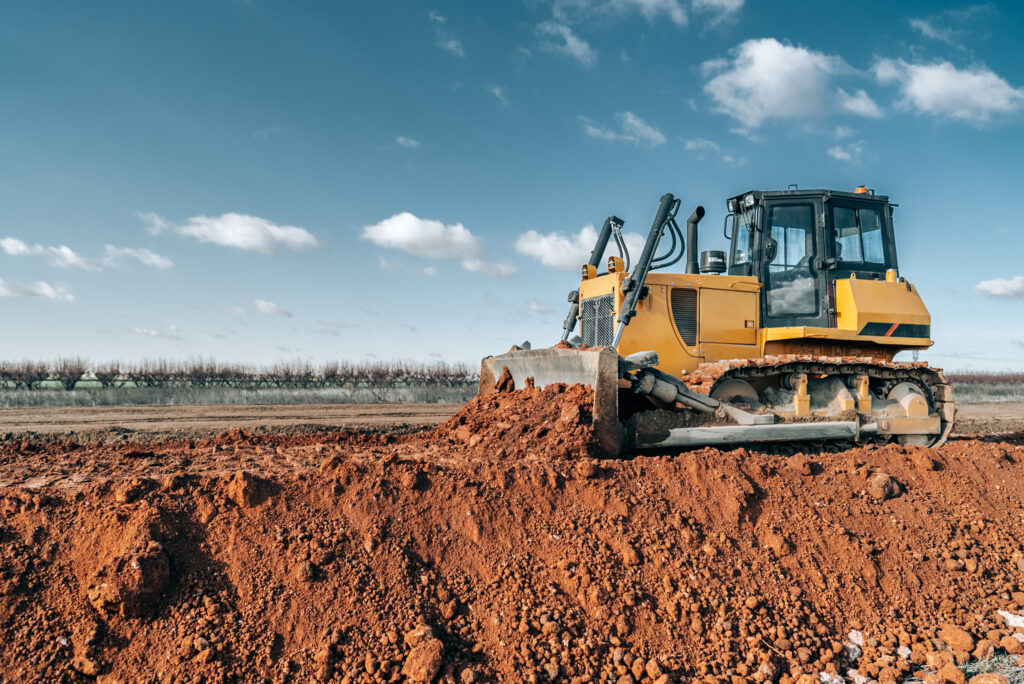
Bulldozers
With applications in construction, agriculture, mining, and landscaping, among others, a bulldozer is a versatile land clearing tool, capable of grading and leveling with a large and heavy front blade.
Equally adept in handling snow, soil, rocks, and rubble, bulldozers handle all manner of site preparation. Crawler, wheel, and mini bulldozer models are available, with options for blade size and type, as well as safety and ergonomic features centered around the cab.
When looking at acquiring a used bulldozer, consider the hours logged for the machinery, fluid levels (which may reveal leaks and/or other signs of less-than-ideal maintenance), as well as track wear, cracks, and rust.
Financing a used bulldozer has advantages over purchasing a machine outright, including immediate delivery as inventory is available in many markets. Additionally, Blue Bridge Financial works with you to give you the flexibility you need to add the exact piece of equipment you have identified.

Wheel Loaders
Whether you refer to them as a front loader, front-end loader, bucket loader, scoop loader, skip loader, or loading machine, wheel loaders are valued pieces of heavy machinery in construction, agriculture, land clearing, and industrial cleanup.
With a bucket in front and large tires, a wheel loader is useful in site preparation and is capable of loading trucks and hoppers with outstanding efficiency. Ideal for material handling and transport, wheel loaders usually feature a tractor-like cabin, which allows the operator a wide range of visibility as well as protection from the weather and noise pollution.
Used wheel loaders are more cost-effective, and financing one can make even more sense when combined with a warranty and lower insurance costs. In addition, a used wheel loader can make practical sense for your team, especially if your employees have operated the same or similar models when they were newer. Familiarity with these machines can lead to greater efficiency and comfort in operation, making older equipment a wise choice for safety and productivity.
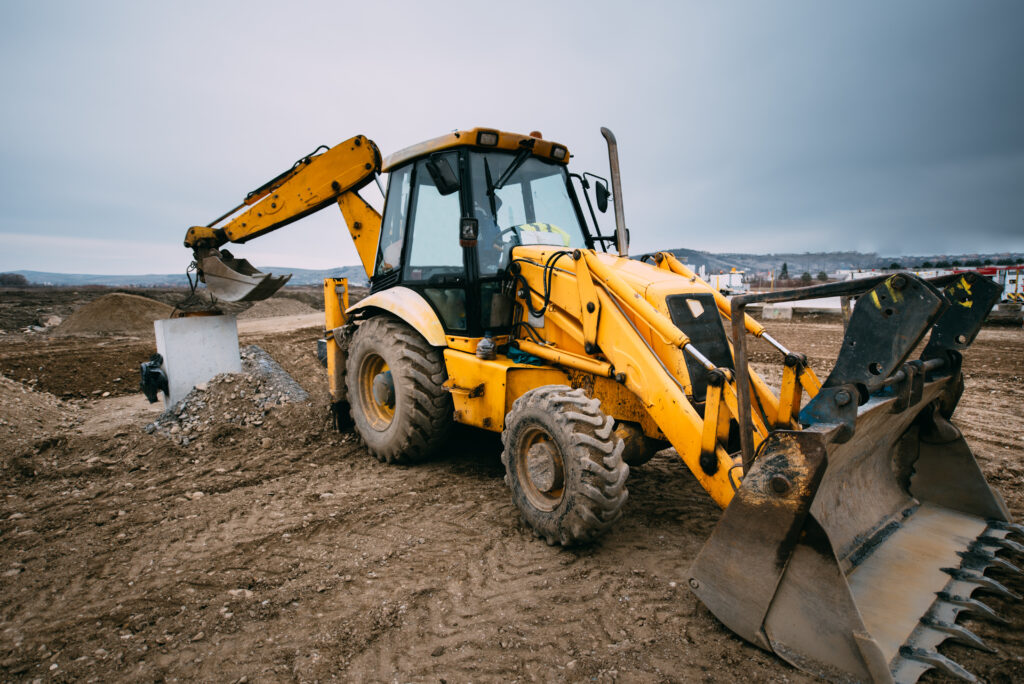
Backhoe Loaders
While similar in looks to an excavator, a backhoe loader combines the functionality of three types of equipment: a loader, a backhoe, and a tractor. Their versatility makes them valuable for construction and agricultural applications.
Generally smaller than other heavy equipment on a job site, backhoe loaders are noted for their stability, even on uneven terrain, and feature a rotation limit of 200 degrees. Some models can dig as deep as 20 feet.
Durability and longevity are hallmarks of many backhoe loaders, with a service life of 8,000 hours considered achievable for many brands. Any inquiries into used equipment should include a proper review of maintenance records as well as a thorough understanding of how and under what environmental conditions it was utilized.
Inventory levels for used backhoe loaders are high in many areas of the country and financing one comes with added benefits, including potential tax advantages from the IRS Section 179 deduction. Flexible terms and repayment schedules, along with fast approval and competitive rates, make financing a smart decision for many construction companies.
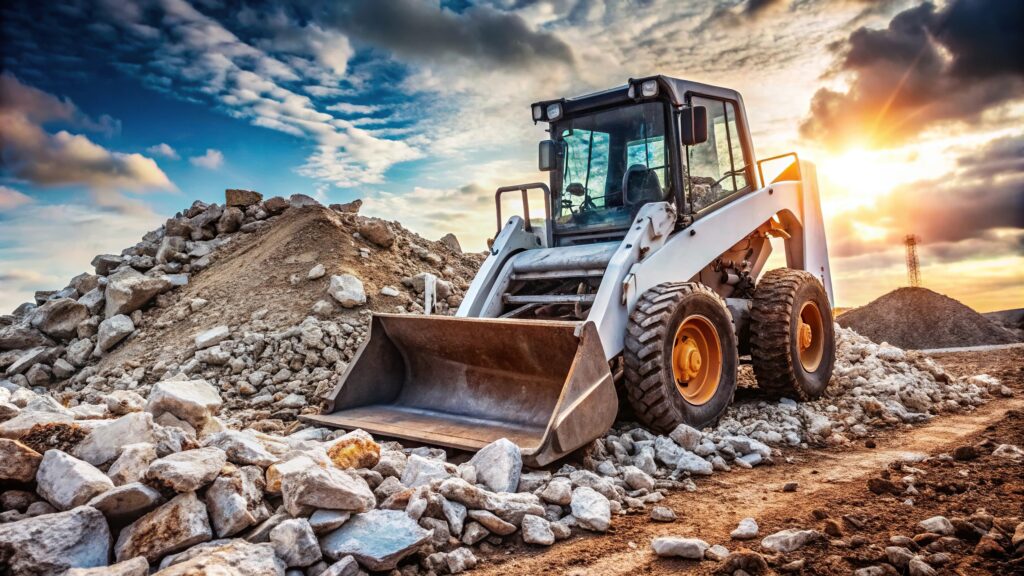
Skid Steer Loaders
Also known as a skid loader or skid steer, skid steer loaders are compact pieces of heavy equipment with lift arms that can attach to a variety of buckets and other tools for excavating, digging, and trenching.
Often lighter than other loaders, skid steers are easy to transport and store and can be deployed in more active and heavily trafficked areas because of their maneuverability and high power compared to their small frame.
Generally considered to be a highly reliable piece of equipment, a skid steer’s life span is usually around 5,000 hours with proper upkeep. Understanding how the skid steer was used can also reveal further upsides, with some applications causing less wear and tear on the machinery. In general, a used skid steer loader is a cost-effective alternative to a new model.
What pieces of heavy equipment should I not acquire used?
As noted above, buying or financing used construction equipment is often a smart choice, but certain types of machinery are best acquired new to ensure reliability and performance.
Cranes
Cranes are highly specialized and complex pieces of machinery that require rigorous maintenance and safety protocols. It is unlikely that you can fully know the history of a machine and all the potential for maintenance issues moving forward unless you have owned the piece from day one.
The stakes for failure with a crane are often amplified, potentially making insurance costs higher and adding undue risk to the worksite. Though used inventory exists, beware of the unknown unknowns that could make this a bad investment.
Asphalt Pavers
The durability of an asphalt paver makes it a suitable candidate for a new purchase versus used, with properly maintained equipment lasting between 20 and 30 years. While used machines are available in most areas of the country, the cost savings may not be worthwhile. Combined with financing from Blue Bridge, acquiring a new asphalt paver may be a better long-term investment for your company.
Used or New, Blue Bridge Financial Can Help You Achieve Your Goals
Operating successfully in the construction industry can require a substantial investment in machinery and equipment. Acquiring used equipment can provide opportunities to better control costs without sacrificing the types, quantity, and quality of jobs that can be performed. With proper due diligence, you can find used equipment that performs on par with newer machines.
About Blue Bridge Financial
Blue Bridge Financial is a specialty equipment finance firm serving the construction industry. Whether adding new equipment to unlock opportunities or upgrading existing equipment to increase efficiency and safety, our Equipment Finance Agreements offer flexible and affordable equipment financing for the machinery you need to operate. Start our simple application today or contact us with questions.
Frequently Asked Questions About Used Heavy Equipment Financing
Financing used equipment can save up to 50% compared to buying new, allowing businesses to allocate savings to other operations or invest in higher-quality machinery.
Many lenders, like Blue Bridge Financial, offer flexible terms and may not place age restrictions on equipment, provided it meets certain maintenance and functionality standards.
Key considerations include the equipment’s maintenance history, operating hours, prior usage conditions, and the availability of warranties to ensure reliability and long-term value.
Yes, you may qualify for tax benefits like the IRS Section 179 deduction, which allows businesses to deduct the full purchase price of financed equipment in the year it’s acquired.
The process typically involves selecting equipment, applying for financing, and working with a lender to customize repayment terms, with approval often faster than for new equipment loans.
Any Questions? We'd Love to Talk:
About the Author
Nick Devernis is the Vice President of Business Development with expertise in credit analysis and equipment financing. With over 6 years in equipment financing, he offers a wealth of knowledge to readers of Blue Bridge Financial’s blog. He currently oversees the California office and leads the Sales and Marketing departments. Nick’s role as Vice President of Business Development involves management of the sales team, relationship management, and developing strategic partnerships to drive inbound and outbound originations.p> LinkedIn Profile


